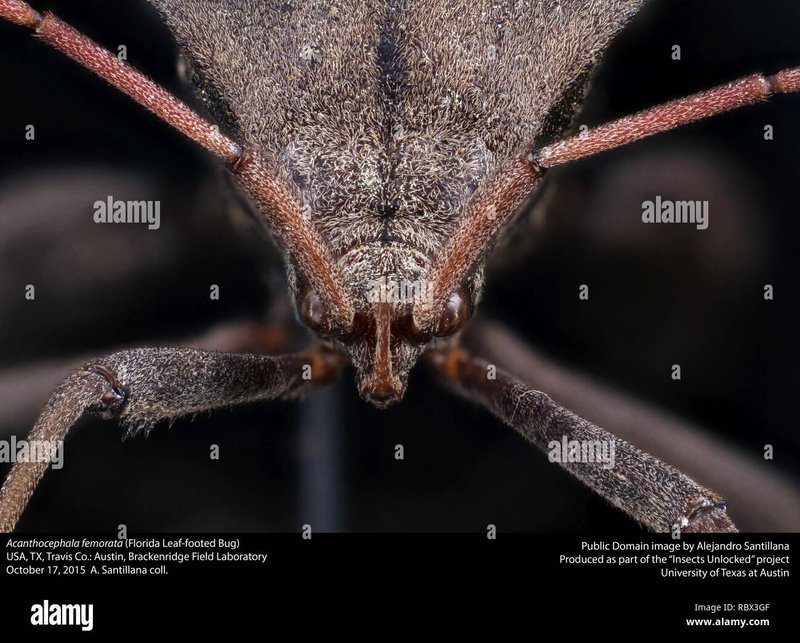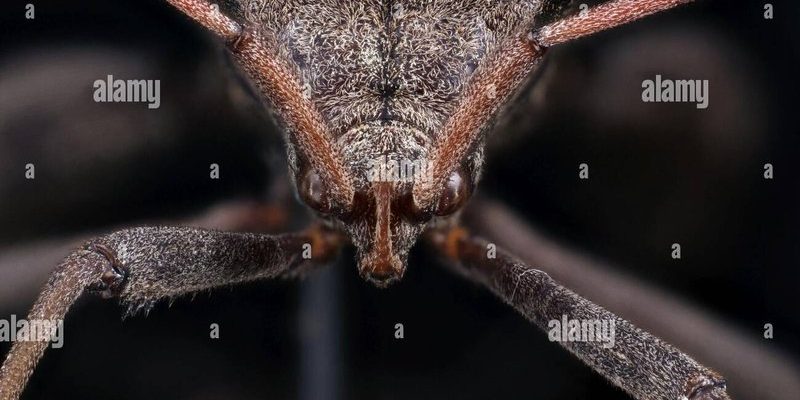
Field identification of Acanthocephala can be tricky, especially for beginners who are just getting their feet wet in parasitology. These organisms are often found in host animals, like fish or birds, making them difficult to spot without a trained eye. Let’s dive into the maze of Acanthocephala and uncover why spotting them isn’t as straightforward as it may seem.
Understanding Acanthocephala
Acanthocephala are unique among parasites because they have spiny, retractable proboscises that help them attach to their hosts’ intestines. Unlike many other worms, they lack a digestive system, which is quite bizarre, right? They absorb nutrients directly through their skin from the host’s gut. This unique body structure can make it challenging to identify them in the wild, especially if you’re not looking for their distinctive characteristics.
Their lifecycle is equally complex, involving multiple hosts. Typically, Acanthocephala begin their lives as eggs in the environment, often in soil or water. These eggs are then ingested by an intermediate host, like an insect or small fish, where they develop further. Finally, a definitive host, often a larger fish or bird, consumes the intermediate host, allowing the parasite to mature. This multi-host lifecycle complicates the field identification process since you may only find certain life stages under specific conditions.
The Complexity of Identification
Identifying Acanthocephala in the field isn’t the same as spotting a common bird or butterfly. Their size can range from a few millimeters to over a foot long, and they often blend into their surroundings. You might be wondering, “So, how can one identify them if they’re so well camouflaged?” Well, it requires a keen eye and often, a microscope!
When out in the field, you might come across the intermediate hosts that carry the Acanthocephala larvae. For example, when examining the guts of fish, you could potentially find these parasites attached to the intestinal walls. However, if you’re not familiar with their appearance, you might mistake them for something else. It requires both practice and patience to spot these elusive parasites accurately.
Common Misidentifications
One of the biggest challenges with identifying Acanthocephala is that they can easily be mistaken for other organisms. For instance, various types of flatworms or other parasitic worms might look similar at first glance. You might find yourself questioning, “Is this a thorny-headed worm, or just a harmless flatworm?”
Besides other worms, environmental context can contribute to misidentification. If you’re examining a fish’s intestines, you might find debris or food particles that could resemble parts of the worm. Here’s where having a solid background in the expected environments and hosts can save you a lot of headaches. Knowing the specific fish or bird species in the area can help narrow down what you might encounter.
Tools and Techniques for Field Identification
Equipping yourself with the right tools can make a world of difference when spotting Acanthocephala. A good microscope is essential if you want to study them in detail, as many of the identifying features, like their retractable proboscis, may not be visible to the naked eye. Other useful tools include:
- Field Guides: A comprehensive guide specific to your regional fauna can be invaluable.
- Collection Equipment: Having nets and containers handy allows for the safe collection of potential hosts.
- Camera or Smartphone: Documenting your findings with photos can aid identification later.
Techniques also play a key role in successful identification. Collecting samples and observing them under different lighting conditions can reveal features you might overlook in the field. Moreover, employing a systematic approach, like looking specifically at the host’s gut first, can streamline your identification process.
Environmental Factors Impacting Identification
Identifying Acanthocephala can also depend heavily on the environment where you’re searching. Water temperature, sediment type, and even pollution levels can influence both the presence of the parasites and their visibility. For example, warmer waters might promote a higher population of intermediate hosts, increasing the likelihood of finding Acanthocephala.
Location matters, too. Certain species of Acanthocephala are more prevalent in specific habitats—like freshwater versus marine environments. Understanding these nuances can drastically improve your chances of spotting these parasites.
Collaboration and Research Networks
Engaging with local biology groups or research networks can provide crucial support for field identification. Sharing experiences and knowledge with other enthusiasts allows for a richer understanding of Acanthocephala and offers fresh perspectives on identification challenges. Perhaps you’ve run into a particularly tricky specimen; discussing it with others might shed light on its true identity.
Local universities or scientific organizations often host workshops, field days, or seminars focusing on parasitology. Connecting with these resources can enhance your skills and confidence in the field.
The Importance of Accurate Identification
Finally, why does accurately identifying Acanthocephala matter? As parasites, they play essential roles in their ecosystems, influencing host populations and contributing to biodiversity. Misidentification can lead to incorrect assumptions about their impact on these hosts or the environment.
Being able to correctly identify these organisms is crucial for both ecological research and public health. For instance, some Acanthocephala can pose threats to fish populations or even human health when transferred through eating infected fish. Understanding their life cycle and roles can inform better management practices, conservation efforts, and health guidelines.
In conclusion, the field identification of Acanthocephala presents real challenges that require patience, practice, and a keen understanding of the environment. By honing your skills, utilizing the right tools, and connecting with fellow researchers, you can become a better spotter of these fascinating—and often overlooked—parasites. So next time you’re out in the field, keep your eyes peeled! You might just uncover the secrets of Acanthocephala that few have noticed before.

